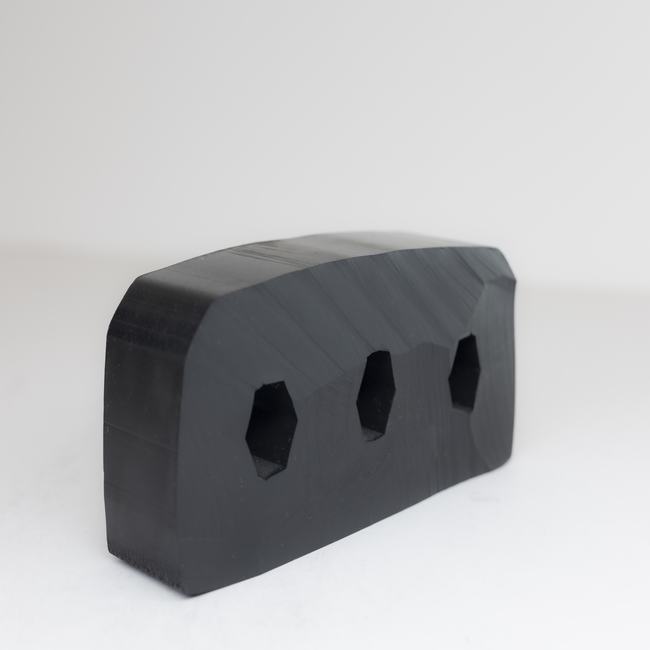“Ship seals” can refer to several different aspects of sealing in the context of ships and maritime operations. Here are some of the key areas where seals are used in ships:
- Hull Seals: The hull of a ship is sealed to prevent water from entering the vessel and causing it to sink. Hull seals can include various components like watertight doors, hatches, and bulkhead seals. These are critical for maintaining the ship’s buoyancy and safety in rough seas or in the event of damage to the hull.
- Shaft Seals: Ships have propulsion systems that include propeller shafts. Shaft seals, often referred to as stern tube seals, are used to prevent water from entering the engine room through the shaft openings. They help maintain the integrity of the ship’s engine and machinery spaces.
- Cargo Seals: In cargo ships and container vessels, sealing is crucial to protect the cargo from environmental factors such as seawater, rain, and moisture. Cargo holds and containers are equipped with seals and gaskets to ensure the contents remain dry and undamaged during transit.
- Pump Seals: Ships use various pumps for a wide range of applications, including ballast, bilge, and firefighting systems. Seals are used in these pumps to prevent leaks and maintain the efficient operation of the ship’s systems.
- Hatch Seals: Cargo and access hatches on ships often have seals to maintain watertight and airtight conditions. These seals are crucial for safety and cargo protection.
- Gasket Seals: Gaskets are used in various ship systems, including engines and piping, to create seals and prevent leaks of fluids such as fuel, lubricants, and hydraulic fluids.
- Rudder Seals: Seals around the ship’s rudder shaft help prevent water from entering the steering compartment and ensure the ship’s maneuverability.
- Bridge Seals: Seals around navigation equipment and openings on the bridge ensure that water and harsh weather conditions do not interfere with navigation and communication equipment.
- Lifeboat and Liferaft Seals: Seals on lifeboats and liferafts are essential to keep them airtight and waterproof, ensuring their effectiveness in emergencies.
- Weather Seals: Ships may have seals and gaskets around doors, windows, and other openings to maintain comfortable and safe conditions for the crew in varying weather conditions.
Proper maintenance and inspection of seals on a ship are essential for the vessel’s safety, efficiency, and environmental protection. Damaged or deteriorated seals can lead to leaks, safety hazards, and environmental pollution. As such, shipowners and operators must regularly inspect and replace seals as needed to ensure the vessel’s integrity and compliance with maritime regulations.

